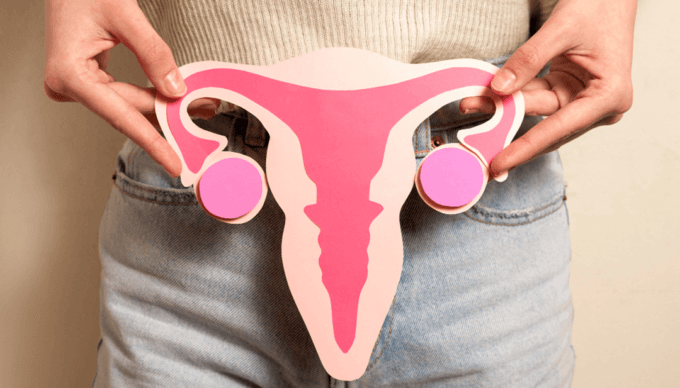



Hydrosalpinx is a condition in which one or both fallopian tubes become filled with fluid, usually due to a previous infection or inflammation. This fluid, which can be toxic to embryos, poses a significant challenge for women seeking In Vitro Fertilization (IVF) treatments. When hydrosalpinx is present, the built-up fluid can leak into the uterus, decreasing IVF success rates and may even prevent embryo implantation.

Hydrosalpinx develops when a fallopian tube becomes blocked and filled with serous fluid. This condition is often the result of previous infections, such as pelvic inflammatory disease, or surgery in the pelvic area. Although not all women with hydrosalpinx experience symptoms, some may notice pelvic pain, abdominal swelling, or abnormal vaginal discharge.
The main problem with hydrosalpinx in the context of IVF is that the toxic fluid that builds up in the tubes can leak into the uterine cavity. Not only can this fluid prevent the embryo from implanting properly, but it can also directly damage the embryo, drastically reducing the chances of a successful pregnancy. For these reasons, it is crucial to address hydrosalpinx before starting an IVF cycle.
When a woman is diagnosed with hydrosalpinx and is planning to undergo IVF treatment, there are several strategies to improve the chances of treatment success. Although solutions may vary from case to case, one of the most common recommendations is to perform a hysteroscopy to create a blockage in the tubal orifices. This procedure helps prevent toxic fluid from the fallopian tubes from reaching the uterus, thereby protecting the developing embryo.
During hysteroscopy, the doctor inserts a small instrument through the cervix to access the inside of the uterus and fallopian tubes. It is used to block the tubal orifices, preventing fluid from passing into the uterus. This procedure is minimally invasive and can be very effective in improving implantation and pregnancy rates in women with hydrosalpinx.

In more severe cases, where the hydrosalpinx is larger than 3 cm or where there is severe damage to the fallopian tube, laparoscopic surgery may be necessary to remove the affected tube. Laparoscopy is a minimally invasive surgery that allows the doctor to access the pelvic area through small incisions and with the aid of a camera. Although removing a fallopian tube may seem like a drastic measure, in many cases it is the best option to increase IVF success rates and avoid future fertility problems.
Women with hydrosalpinx must receive a thorough diagnosis and proper evaluation before starting any fertility treatment. At Ingenes, the personalized approach and advanced technology allow specialists to offer recommendations based on each patient's specific needs. Ingenes advises patients on the best options available to optimize the results of their treatments.
In addition, women must maintain an open dialogue with their medical team about any concerns or symptoms they may experience. This ensures that any complications, such as hydrosalpinx, are managed in a timely and effective manner, thereby protecting the chances of success in IVF.
Hydrosalpinx can have a significant impact on IVF success rates due to the presence of toxic substances in the fluid accumulated in the fallopian tubes. However, with proper diagnosis and correct management, it is possible to mitigate its effects and improve the chances of a successful pregnancy. Hysteroscopy to create a tubal blockage and laparoscopic surgery to remove the damaged tubes are viable options that can be considered depending on the severity of the case.

As a leader in fertility treatments, Ingenes offers guidance and advanced solutions to help women overcome these challenges and get one step closer to their goal of starting a family. Patients must educate themselves and consult with specialists to make informed and personalized decisions.